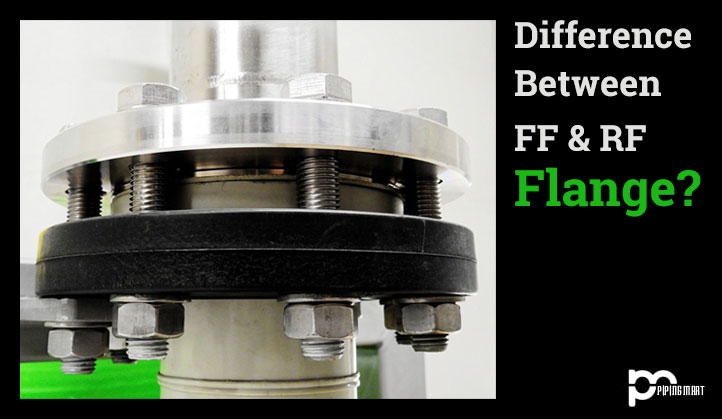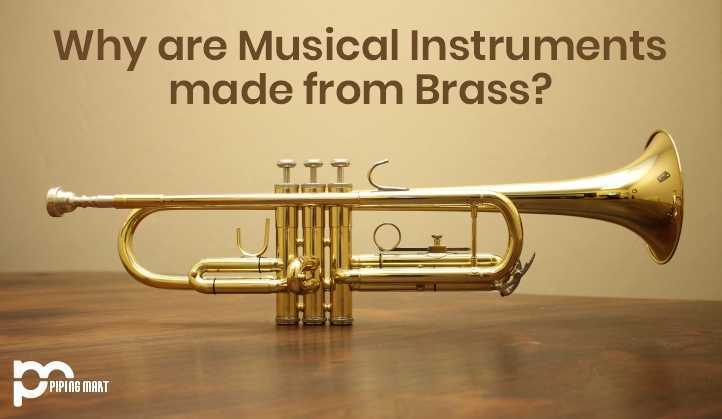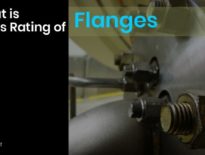Introduction to Flange Faces
Flanges are an integral part of the Piping industry. These Flanges are used to form a link between two different Pipes. Flat (FF), elevated (RF), ring joint (RTJ), lap joint (M&F), tongue, and groove (T&G) are the 6 styles of flange faces needed. Multi-faced flanges need different gaskets and should never be matted to avoid joint leakage. The flanges RF and FF may have various finishing forms (i.e. roughness at the top of the surface): flat, lined, and serrated. Although flanges themselves have specific pound scores that reflect the levels of pressure and temperature to which they can operate, the individual flange faces vary depending on the context within which they are to be used.
Various types of flange faces are used to seat the sealing gasket content as the contact surfaces. The faces are panels which matt with flanges, funnels or valves. Flange faces must be smooth enough to ensure that the flanges are fastened together to maintain a stable, leak-free seal. For this article, we must concentrate on three common types of flange faces; flat faces raised faces, and ring-style joints.
Flat Face Flanges (FF)
The flat-facing flange has a gasket surface in the same plane as the face of the bolt frame. Goods using flat face flanges are often those in which mold is used to make the matching flange or flanged cover. Flat face flanges should never be placed on an inverted side flange. ASME B31.1 notes that the raised face on the carbon steel flange must be removed while attaching flat face cast iron flanges to carbon steel flanges and that a full face gasket is needed. This is to prevent the small, brittle cast iron flange from splashing into the void created by the carbon steel flange’s raised nose.
This type of flange face is used to make equipment and valves for all applications where Cast Iron is used for making. Cast Iron is brittle and is commonly used only in applications with low temperature, low pressure. The flat surface allows full contact of the two flanges across the entire face. Flat face flanges (FF) have a touch surface that is equivalent in height to the bolting thread of the flange. Full face gaskets are used between two flat side flanges, typically of the soft kind. According to ASME B31.3, as the resultant flanges joint will possibly leak, a flat face flange should never be matted with an elevated face flange.
Raised Face Flanges (RF)
The Raised Face Flange is the most common type used in process plant applications, and can be easily identified. It is referred to as a face raised because the surfaces of the gasket are positioned above the face of the bolting circle. Each style of mask requires a large range of gasket styles to be used, including varieties of flat ring sheets and metallic composites such as spiral-wrapped and double jacket forms.
An RF flange aims to focus further pressure on a smaller area of the gasket and thus improve the joint’s pressure control capacity. Diameter and height, by pressure class and diameter, are described in ASME B16.5. Flange pressure level specifies the height of the face that is lifted. An RF flange aims to concentrate more pressure on a smaller area of the gasket, thereby increasing the joint’s pressure containment capacity. Diameter and height, by pressure class and diameter, are described in ASME B16.5. Pressure flange rating.






